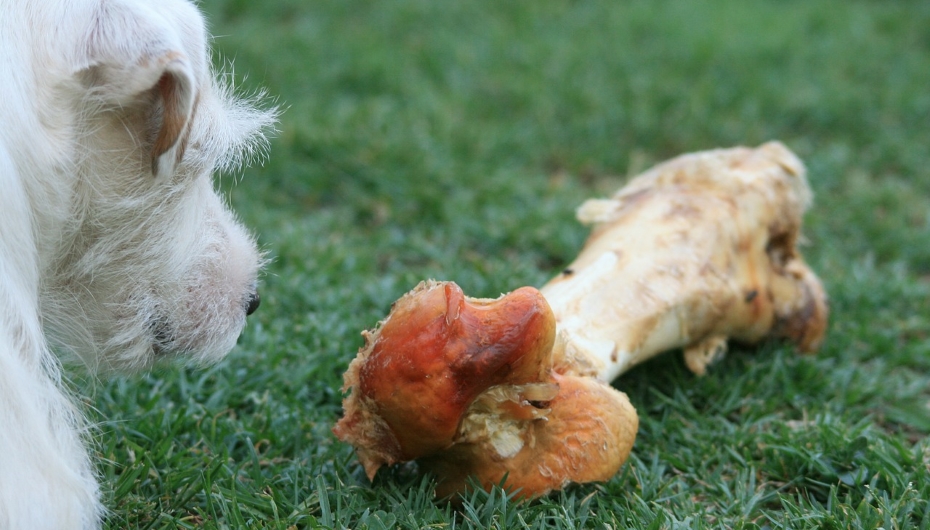Feeding a raw diet to pet dogs and cats has become very popular among pet owners. It may be easy to assume that your pet would be healthier eating the type of raw diet they enjoyed before they were domesticated. Advocators of feeding pets a raw diet say that dogs and cats are healthier, have shinier coats, and their pets enjoy better dental health.
Is there any scientific evidence that your pet could benefit from a raw diet? Are there any risks associated with feeding your pet a raw diet?
What is a raw pet food diet?
A raw diet for pet generally consists of raw meat (often still on the bone), organ meat, raw eggs, and raw fruit and vegetables. This type of diet is sometimes called raw feeding.
Proponents of raw feeding say that a raw diet is closer to how dogs and wolves eat in the wild. Some people claim that results are almost immediately visible when pet owners switch their dogs to a raw diet.
Type of raw diets include:
- BARF diet for pets. stands for Bones and Raw Food and the diet should include around 60% of meaty, raw bones.
- Prey model diet for pets. This type of raw feeding diet tries to simulate the proportions of meat and vegetables an animal would find in nature.
There are also many variations that pet owners can use to prepare a raw diet for their pets.
Risks of a raw diet for your pet dog or cat
What are the risks associated with feeding your dog or cat a raw diet?
Some studies warn of the risk of infectious bacterial and parasitic diseases that can be passed on to pets. For example, the Canadian Veterinary Journal reported that from 25 commercial raw diets for dogs and cats, bacteria were detected in around 60% of diets. Researchers discovered pathogens such as E. coli, Salmonella, and C. difficile infections. (1)
One study also found that in 80% of homemade raw diets for dogs, Salmonella bugs were present. In some cases, this could severely compromise the health of puppies or older dogs who have a weakened immune system.
Apart from the risk of your pet getting a nasty bacterial infection that may be costly to treat, there is also another risk of a raw diet. Chewing on raw bones presents a choking and injury risk for your pet. To find out more about the risks associated with feeding your dog bones, please see our blog article on the dangers of bones.
Another risk of feeding your pet a raw diet is that bacteria from an infected animal can be easily passed on to humans. The journal Veterinary Sciences in 2017 warned that pet owners are especially at risk from bacterial infections from their pets. In some animals, infectious bacterial strains are still present in feces for months after the pet has recovered. (2)
Is a raw diet good for your pet?
Raw food diets are a subject of controversy, even among veterinarians. Some vets ardently promote raw food diets for pets; whereas others are strongly opposed.
What should you do if you decide that a raw diet is good for your pet?
Although the United States Food and Drug Administration doesn’t recommend feeding raw foods to your pets, they do provide advice for pet owners who decide to go for raw pet feeding.
How to prevent infection in raw diets:
- Always wash your hand thoroughly before and after handling raw food and feeding your pet.
- Disinfect all surfaces that have come into contact with raw meat.
- Freeze raw meat before using to help kill off some pathogens and always defrost in a refrigerator before feed in your pet.
- Don’t kiss your pet or let your pet lick your face.

